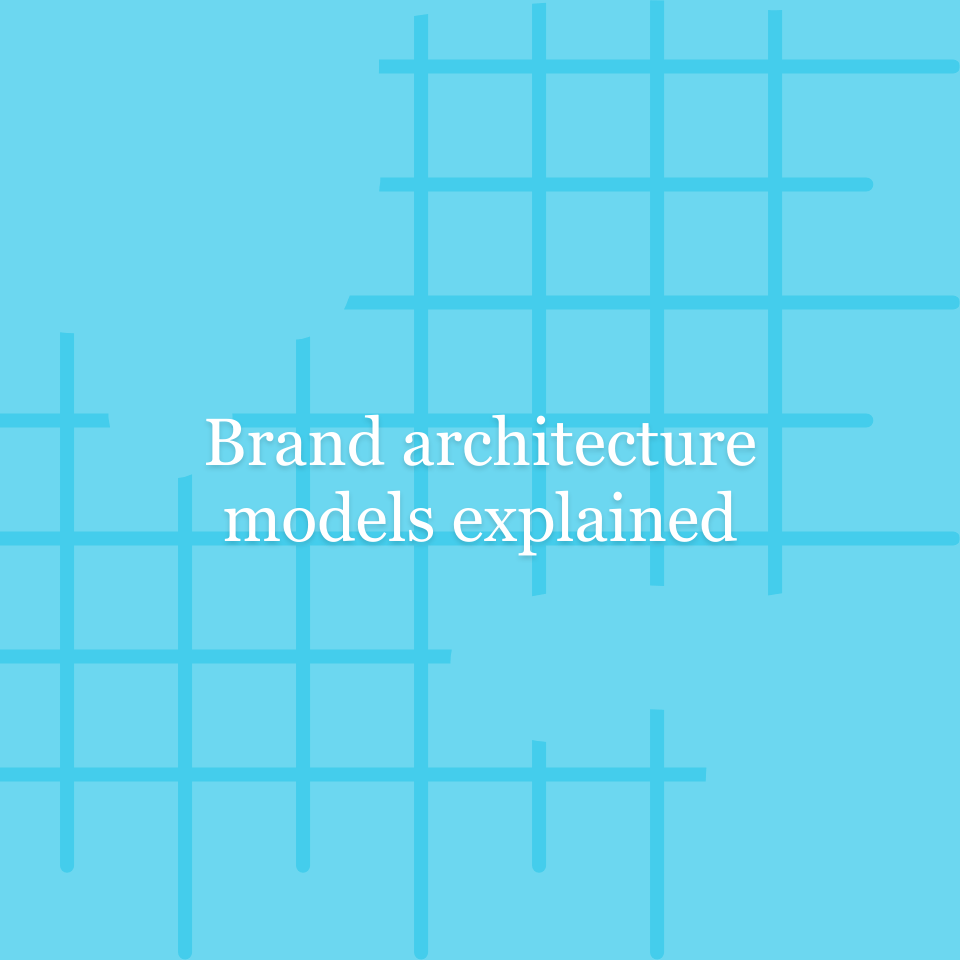Most brands overlook the “Who” in their brand positioning and get it wrong. They list demographics, roles, or segments, but that’s not enough to inspire creativity, innovation, or connection within your brand or audience.
Your “Who” isn’t just your target audience — it’s the emotional spark that drives your brand forward.
When you define it the right way, your brand strategy shifts from static to dynamic, from descriptive to inspiring. Neuroscience backs this up: storytelling and shared values create deep, lasting connections.
So how do you craft a “Who” that energizes your brand and your audience? In this PDF, you’ll learn the one critical mistake most brands make and the three essential steps to getting it right.
Download now to move beyond flat descriptions and create a “Who” that fuels brand momentum, innovation, and engagement. For more, check out this article to learn how a resonant brand translates into profitability.



.png)



